Anyone who has visited the province of Nazca, or the Andean region of Peru in general, will know that human bones are, in a way, part of the landscape that human bones are, in a way, part of the landscape. As several ceremonial sites in Peru, the practices of the ancient civilisations of Ica, Paracas and civilisations of Ica, Paracas and Nazca not only mummified their dead, but also sacrificed sacrificing them, offering them to the gods. Archaeological digs have revealed the presence of of isolated skulls that would have been sacrificed. The heads of enemies were often taken as
trophies. Given the absence of traces suggesting a violent death, this is not a trophy head, but a head of an enemy that has been prepared for sacrifice. The skull is partially wrapped in cloth in the typical Nazca style; the eye sockets and nose are also
are also filled with tissue. This head was acquired from a gallery in Brussels (which closed a few years ago). According to the seller, it was brought back to Europe by ‘a former soldier’ in the mid-20th century.
Source for archaeological data: John W. Verano, Where do they rest?, in: Tom D. Dillehay (ed.), Tombs for the living. Andean Mortuary Practices, Dumbarton Oaks, p.220.
Region: Nazca, Peru
Material: Bone, textiles
Period: circa 500 AD
Dimensions: 15x15x15cm











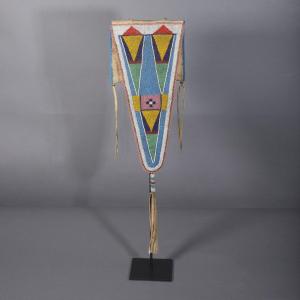


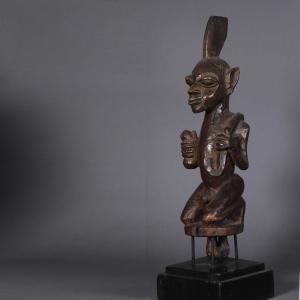
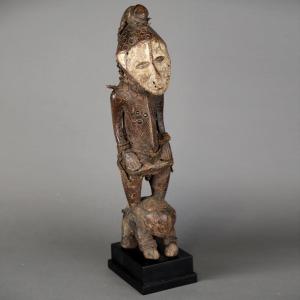
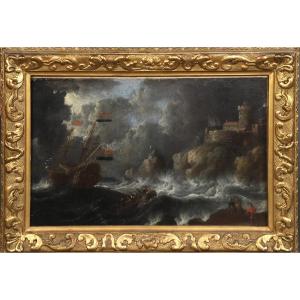


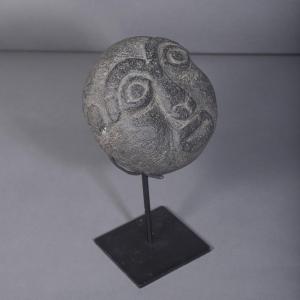








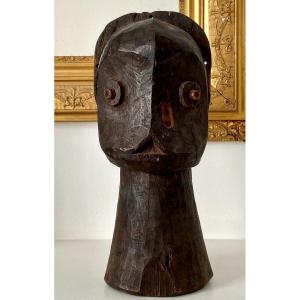
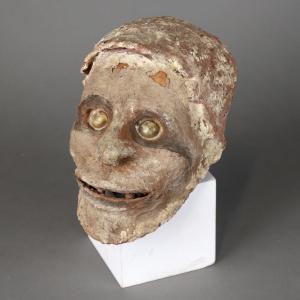
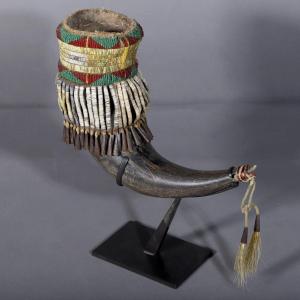



 Le Magazine de PROANTIC
Le Magazine de PROANTIC TRÉSORS Magazine
TRÉSORS Magazine Rivista Artiquariato
Rivista Artiquariato